When brush head compatibility is overlooked—whether due to minor dimensional mismatches or non-standard attachment interfaces—tiny gaps can form where cleaning fluid pools and evaporates, leading to hidden liquid residue buildup. Such residue not only harbors bacteria but also degrades performance over time. In this article, we explore six critical facets to help B2B manufacturers eliminate compatibility pitfalls and keep their devices hygienic and reliable.
Even slight deviations in brush-head stem diameter or locking-ring geometry prevent a snug fit:
By tightening CNC machining tolerances and standardizing interface specs, these hidden voids can be eliminated.
Material choices at the interface can promote fluid retention:
Switching to low-absorption, high-precision polymers and mirror-finish mating surfaces minimizes capillary residue buildup.
Effective sealing methods prevent ingress altogether:
Implementing one or more secondary retention features stops fluid from ever reaching the brush-head cavity.Company web: https://www.powsmart.com/product/electric-toothbrush/
In addition to design, clear maintenance instructions curb residue problems:
Well-documented routines help channel partners guide end users toward safer, longer-lasting products.
Thorough validation catches compatibility issues before production release:
Incorporating these tests into your QMS ensures brush-head compatibility is airtight and hygienic.
B2B manufacturers can strengthen their offerings by:
By treating brush head compatibility and liquid residue control as a unified challenge, you’ll deliver superior, worry-free oral-care solutions that build strong channel loyalty.
Conclusion
Hidden liquid residue buildup often springs from subtle brush head compatibility flaws—gaps, material absorption, or lack of seals. Addressing these six dimensions (tolerances, materials, sealing, protocols, testing, and partnerships) empowers B2B manufacturers to eliminate residue risks, enhance hygiene, and reinforce product reliability. Contact us to co-develop foolproof brush-head interfaces and maintenance programs!
.jpg)
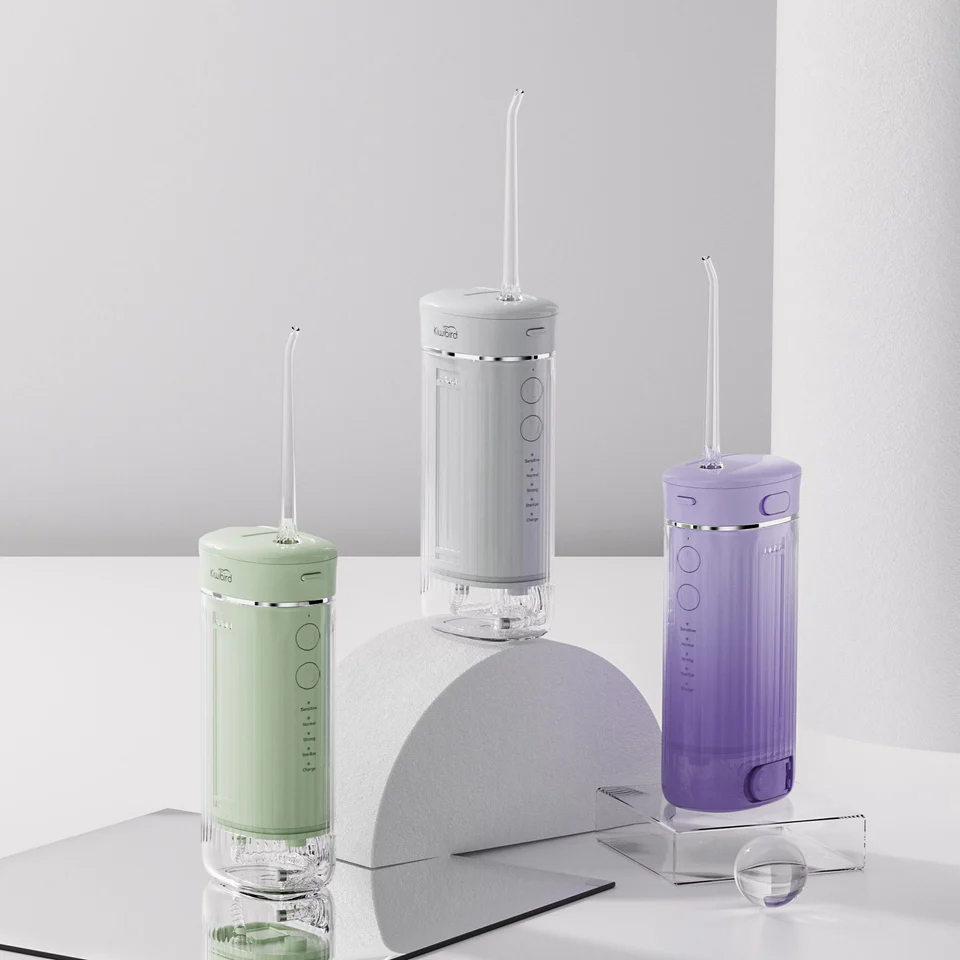
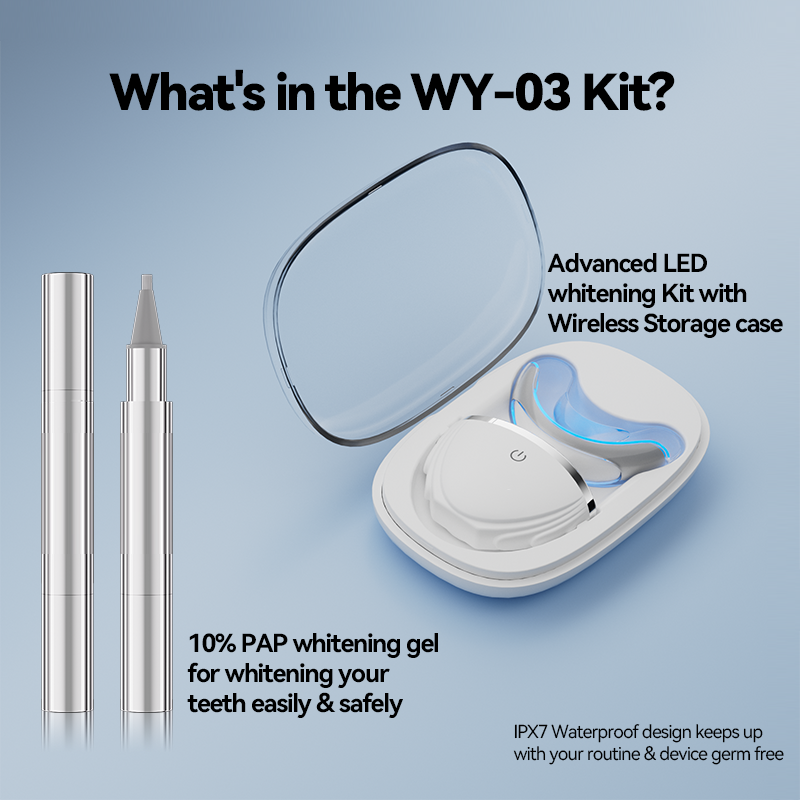
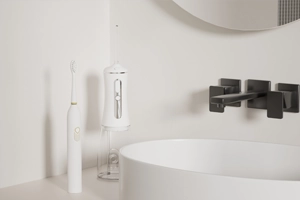
Beginner’s Guide to Water Flosser Pressure Settings

Application of Phototherapy Technology in Teeth Whitening and Oral Care
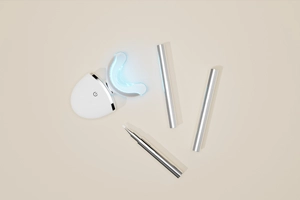
Collaborative Development of Red and Blue Light Teeth Whitening Gel Formulas: How to Increase Whitening Efficiency by 3 Times?
.jpg)
Benefits of Travel-Friendly Water Flosser Design
Waterproof Performance vs. Temperature Sensitivity?
Occlusal Interference Plus Jaw Fatigue – Design Flaw?
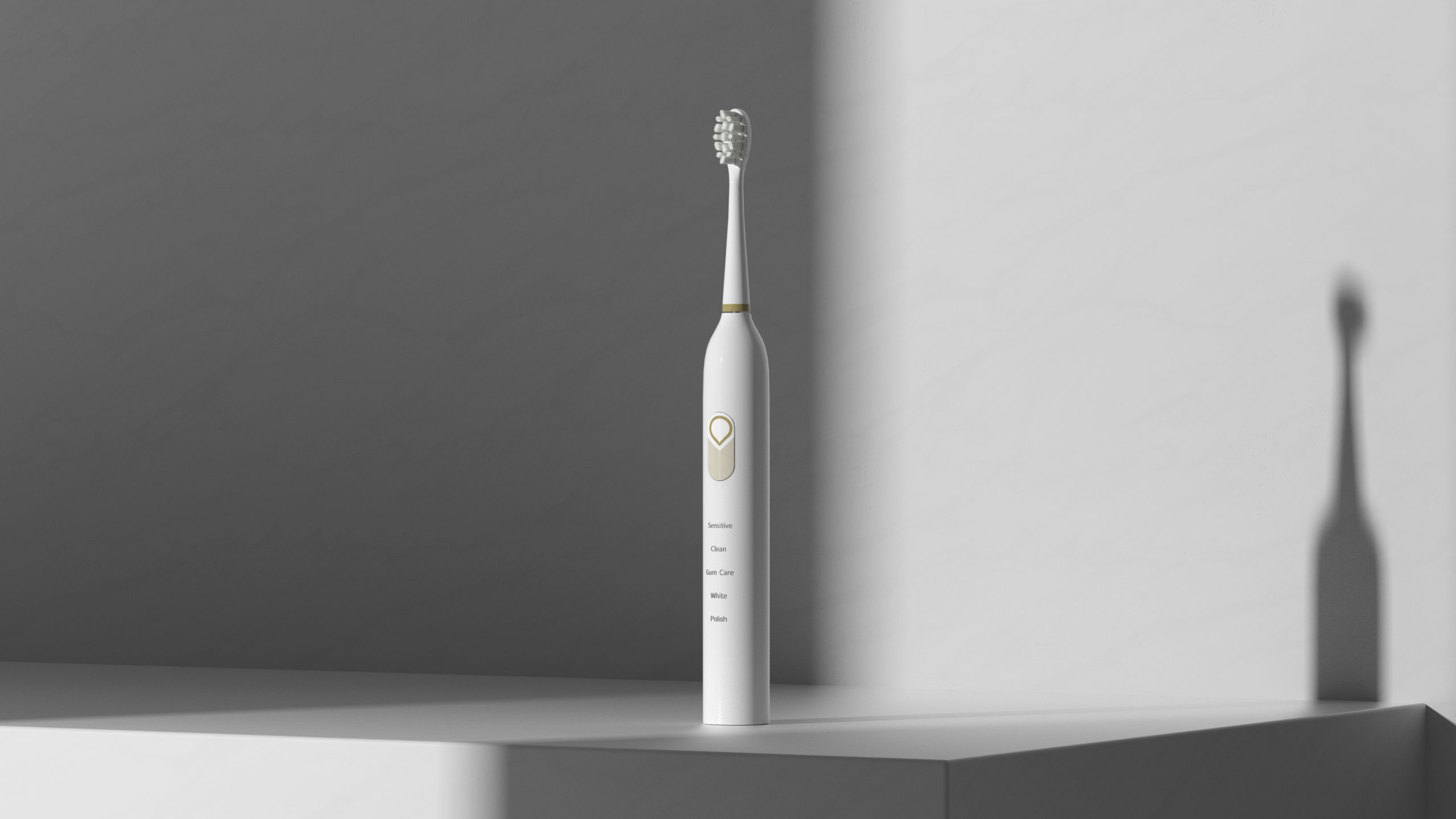
How Can Electric Toothbrush Brands Use Social Media to Increase Sales?

How to Keep Teeth Clean with Braces: A Complete Care Guide
Are Pressure Sensor Errors Worsening Hygiene Mode Absence?
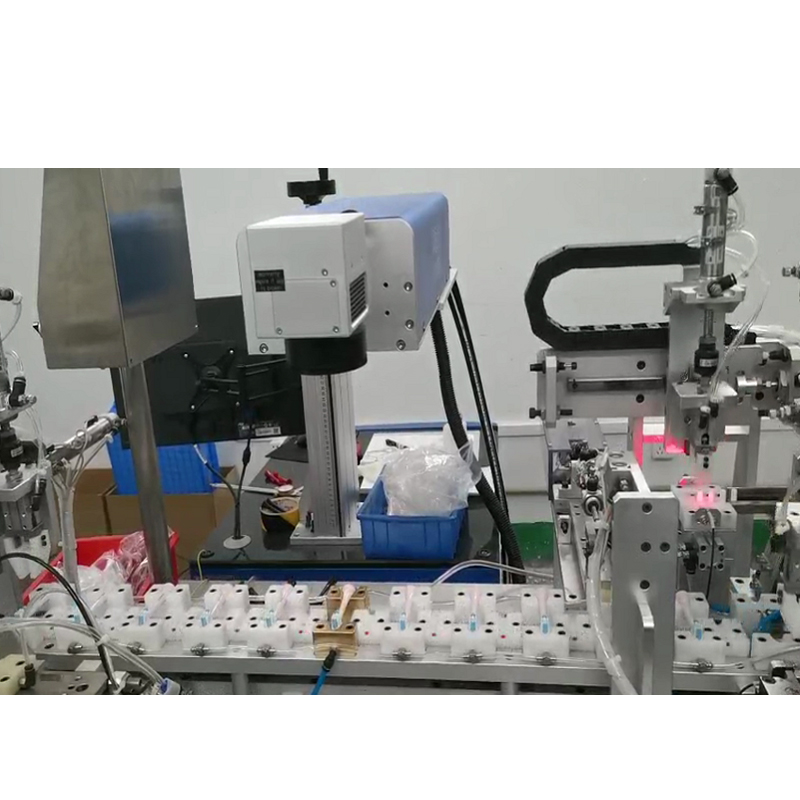
Electric Toothbrush Laser Engraving LOGO Process: How to Set the Depth, Speed and Power Parameters?
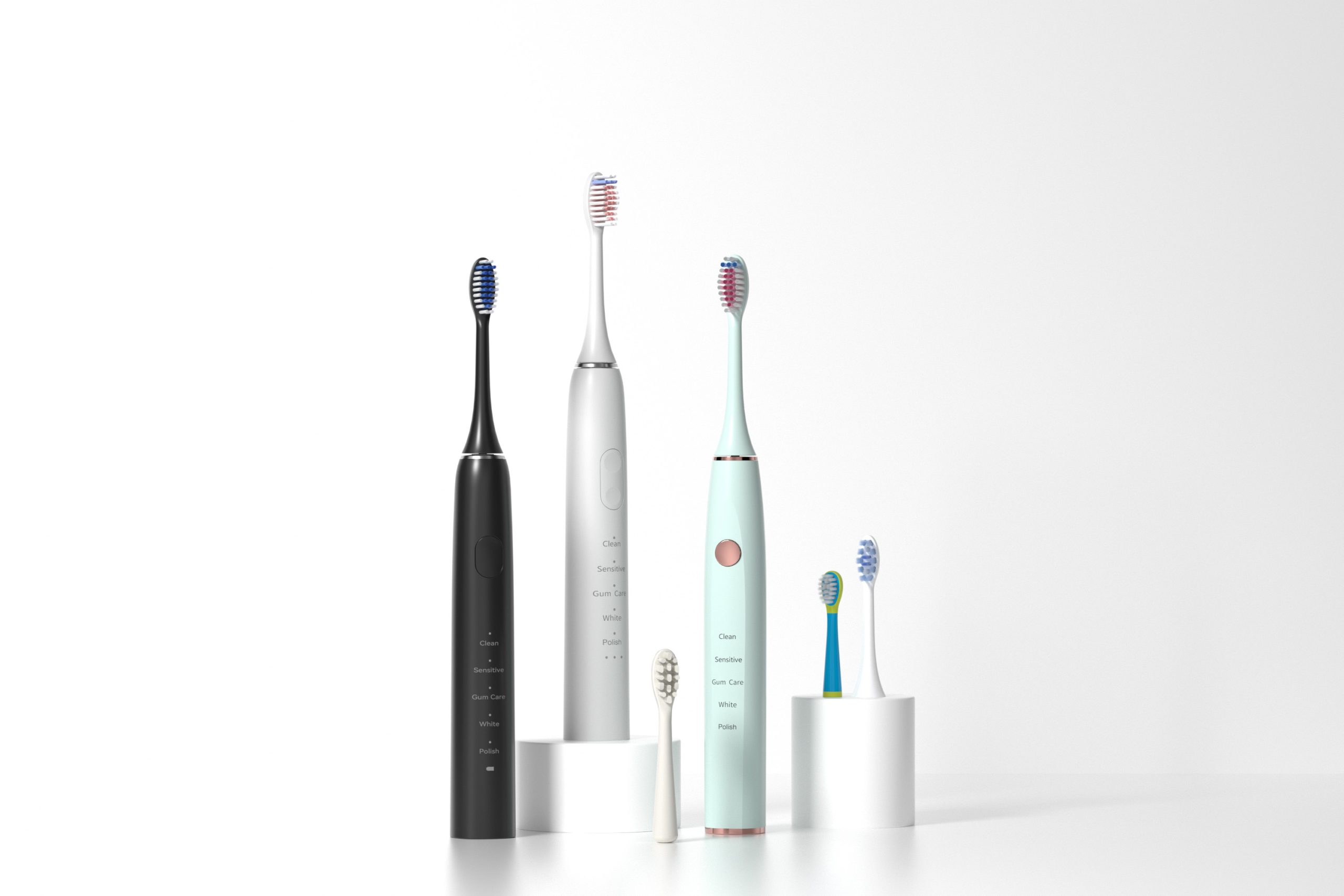
How a Seattle sustainable toothbrush meets the Seattle tech toothbrush
Frequent Allergy Reactions to Whitening Kits: Is Cold-Light Technology to Blame?
.jpg)
Ergonomic Design in Electric Toothbrushes: OEM Best Practices

The Advantages and Current Usage of Electric Toothbrushes’ cleaning efficincy

Oral Care Design for Women: Women Are the Main Consumers of the Oral Care Market
Why Does Your Electric Toothbrush Have Battery Corrosion Issues and Charging Base Failure?

electric toothbrush heads Regular Clean

Customization Teeth Whitening Gel

electric toothbrush heads Deep Clean
.jpg)
Florida Electric Toothbrush – Powsmart PTR-C8

electric toothbrush heads Ultra Soft

electric toothbrush heads Charcoal Infuse-Round

Private Label Whitening Gel

Electric toothbrush heads Charcoal Infused-Diamond
whstapp
whstapp
National Toll-Free Service Hotline
+86 755 86238638